Attributes in ER Diagram-
Before you go through this article, make sure that you have gone through the previous article on Introduction to ER Diagrams.
- Attributes are the descriptive properties which are owned by each entity of an Entity Set.
- There exist a specific domain or set of values for each attribute from where the attribute can take its values.
Types of Attributes-
In ER diagram, attributes associated with an entity set may be of the following types-
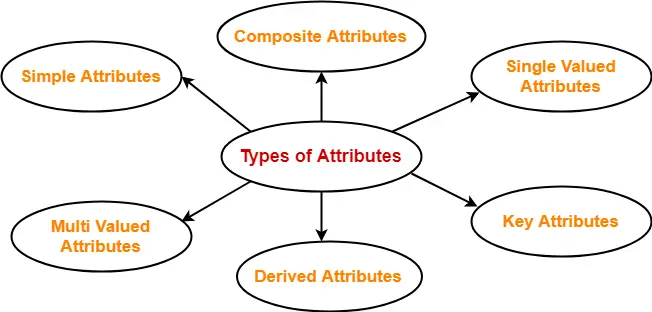
- Simple attributes
- Composite attributes
- Single valued attributes
- Multi valued attributes
- Derived attributes
- Key attributes
1. Simple Attributes-
Simple attributes are those attributes which can not be divided further.
Example-
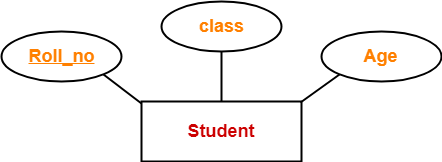
Here, all the attributes are simple attributes as they can not be divided further.
2. Composite Attributes-
Composite attributes are those attributes which are composed of many other simple attributes.
Example-
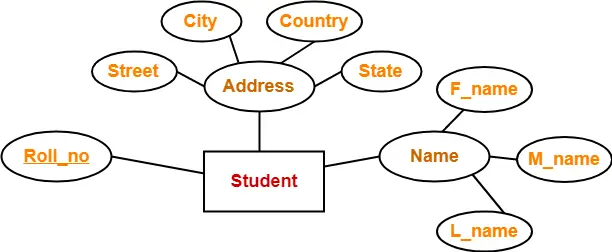
Here, the attributes “Name” and “Address” are composite attributes as they are composed of many other simple attributes.
3. Single Valued Attributes-
Single valued attributes are those attributes which can take only one value for a given entity from an entity set.
Example-
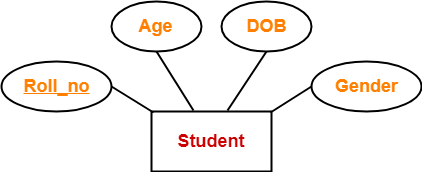
Here, all the attributes are single valued attributes as they can take only one specific value for each entity.
4. Multi Valued Attributes-
Multi valued attributes are those attributes which can take more than one value for a given entity from an entity set.
Example-
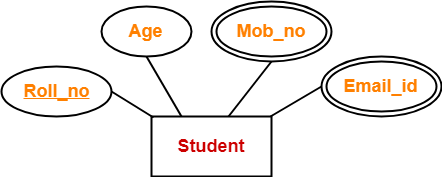
Here, the attributes “Mob_no” and “Email_id” are multi valued attributes as they can take more than one values for a given entity.
5. Derived Attributes-
Derived attributes are those attributes which can be derived from other attribute(s).
Example-
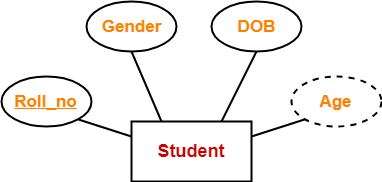
Here, the attribute “Age” is a derived attribute as it can be derived from the attribute “DOB”.
6. Key Attributes-
Key attributes are those attributes which can identify an entity uniquely in an entity set.
Example-
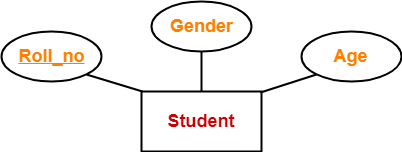
Here, the attribute “Roll_no” is a key attribute as it can identify any student uniquely.
Next Article- Converting ER Diagrams to Tables
Get more notes and other study material of Database Management System (DBMS).
Watch video lectures by visiting our YouTube channel LearnVidFun.

